#103 What's the best cutting board?
It's time to ditch those plastic cutting boards
Hey Ladies & Gents, a slightly delayed dispatch this time around but I hope you’re doing well and that you had a beautiful weekend. Before we get into it, know that print magazines are now back in stock! If you missed them the last time, you can get one for your coffee table here, while stocks last.
The cutting boards you use matter. You could buy the best ingredients in the world, yet unknowingly inject chunks of plastic in your food. Or even worse, hurt yourself. Cooking is an experience in of itself, and what you use to cut your food, to prepare your mise en place greatly adds or subtracts from that experience. Here’s our ultimate cutting board rankings:
1. End Grain 9/10
I’d highly recommend getting a quality end grain cutting board for yourself, or someone special in your life this holiday season. It makes for such a great functional gift that’s also really beautiful. You could go for something like a dark walnut and some stores even offer custom laser engraving which adds a nice touch.
2. Edge Grain 8.5/10
Edge grain boards are less expensive, not as beautiful, though they don’t require as much maintenance. It’s an easy choice, though just avoid cheaper materials like bamboo that are prone to warp very easily.
3. Single Piece of Wood 8.5/10
Single piece boards are very nice, and while they’re usually used more as a serving board you can use them to cut if you want to. Just season them well after to nurture those knife marks.
4. Rubber 8/10
Rubber is underrated, and there’s a reason the best Japanese chefs in the world use them. They’re not the prettiest, yet they get the job done.
5. Composite 6.5/10
Composite or Epicurean boards are getting quite popular lately, and it does the job but personally for the price you could just get a good quality end grain.
6. Silicone 5/10
Silicone cutting boards can get dangerous if you’re not careful with them. Really flexible and works if you’re in a pinch, but not something I’d use long term. Also such a poor cutting experience!
7. Titanium 4/10
Titanium will dull your knives so quickly. Avoid.
8. Glass 3/10
Glass is better used as a cool serving board for a conversation starter instead of a cutting board. You will dull your knife and you might break it.
9. Plastic 0/10
If you care about your health, you have to stop cutting with plastic cutting boards. You’re literally adding CHUNKS of plastic into your food every single time you cook. I’m not exaggerating at all, just watch this.
Speaking of plastic, Dr Shanna Swan made an appearance on Dr Andrew Huberman’s podcast, and it’s a great listen if you’re at all skeptical about the impact plastic has on our lives.
If you’d like more information about knives as well more specific tips to care for your cutting board, check this guide we did for Patron Club. A sequel is due very soon!
Raw goat milk affogatos
Espresso on ice cream is the greatest invention in the world.
Eat more rosemary
You need to be eating more rosemary. Napoleon swore on rosemary water. Aristotle's students wore rosemary garlands. Rosemary supports hair growth. Rosemary tea helps with depression. The ancients harnessed the magical powers of rosemary, why shouldn't you?
Glass bottle supremacy
It’s time we bring glass back in our supermarket aisles. Make glass great again.
You can’t put a price on a clear mind
One good idea might change your life. Real food is love; real food is nourishment.
❋ THE BEEKEEPER’S HANDBOOK TO HIVE HEALTH
Let’s get one thing clear from the outset – bees feed themselves. And they feed themselves above all else on nectar and honey. That said, there are several ways in which a beekeeper can help out with a little additional nutrition. Whether it be sugar water, pollen patties, or corn syrup, there could be any number of reasons for doing this.
Many (non-beekeeping) individuals are familiar with the power of a little sugar water to revivify a flagging or even motionless bee. This simple concoction is the basis of nectar and accordingly, various types of sugar solution is precisely what beekeepers often feed to bees needing a little extra energy.
Yet whereas nectar and honey provide the bee with energy in the form of carbohydrates, pollen constitutes a bee’s protein source. As you might expect then, beekeepers often try to provide this vital nutrient as well should they decide to feed their bees.
Crème brûlée is but a concept. You can put the crème in anything, give it a brûlée, and it’ll still be crème brûlée. Whether it’s done in mini pots, poured out flat in a casserole then torched, or even brûlée-d on top of bubble milk tea or doughnuts, the iconic burnished top of a crème brûlée is instantly recognisable. Case in point—this renegade dessert, of crème , baked and brûléed in a pumpkin.
This starts off just like any crème brûlée—with eggs and sugar whisked together in a bowl, then tempered into hot cream, carefully so as not to scramble the eggs. Only instead of then pouring the custard mix into a mould, you ready a pumpkin that’s been halved, carved, and cooked till tender, then pour the custard into that. You then bake it low and slow until it’s barely set, then chill it as per a classic crème brûlée, pour on sugar, and torch it till crisp and caramelised.
If you’re skeptical about whether baking it this way makes a difference, whether the pumpkin adds anything to the iconic dessert, bring to mind the appeal of a classic crème brûlée, with the textural duality of crackly caramel crust and creamy custard. Now, imagine having a third, equally arousing texture in the mix, in the form of the buttery smooth pumpkin flesh, sweet and tender from the bake, but also providing bite and body that the original lacks. Flavour your custard base with the magic of pumpkin spice—cinnamon, ginger, nutmeg, and cloves—and you’ll have a crème brûlée verging on pumpkin pie and Starbucks pumpkin spice latte, a dessert that draws from the three iconic desserts.
Such beauty doesn’t need the distraction of a loud sauce. Something simple, but thoughtful. Something understated, but not without declaration. So I “brewed” grounded and browned guanciale, the porkiest substance I know on earth, in a simple cream sauce brightened with nutmeg and cardamon. It was then strained like a tea, removed of the solid source of its deep aroma, leaving only a silky blanket of cream curiously imbued with the thickness of aged pork. Together, each cylindrical chamber separates easily with a brisk crack where the insulted cheese are harvested and mingles with the cream sauce laying bare."
This may be the most annoying issue about this recipe, finding "ziti macaroni". We're not talking about elbow macaroni here, but more like penne-size macaroni with square-cut openings instead of slanted, such as this one, or this one, or this one, or this one that is ribbed. But I couldn't find any of these in Hong Kong, and therefore had to resort to buying long uncut ziti, cook them, and cut them into identical segments which is a task I did not enjoy. So if you cannot find this specific type of pasta in the supermarket, I will highly recommend getting it from online sources.
❋ Read our latest WARKITCHEN magazines:
❋ Get your copy of Optimal Fuel: Your Nutrition Playbook here. It's a cookbook and nutrition guide — all in one. All proceeds goes towards an outrageous amount of hearty ribeyes and raw honey!
❋ If you’d like to contribute an article or sponsor a future issue, please send us your pitch to rocky@warkitchen.net.
❋ We release a digital magazine issue every month. Explore the full archive here.
❋ Adding us (rocky@warkitchen.net) to your contacts, or moving us to primary will make sure you continue receiving these emails. Connect with us on all our socials.
Hope you had a beautiful weekend ladies & gents,
Godspeed!




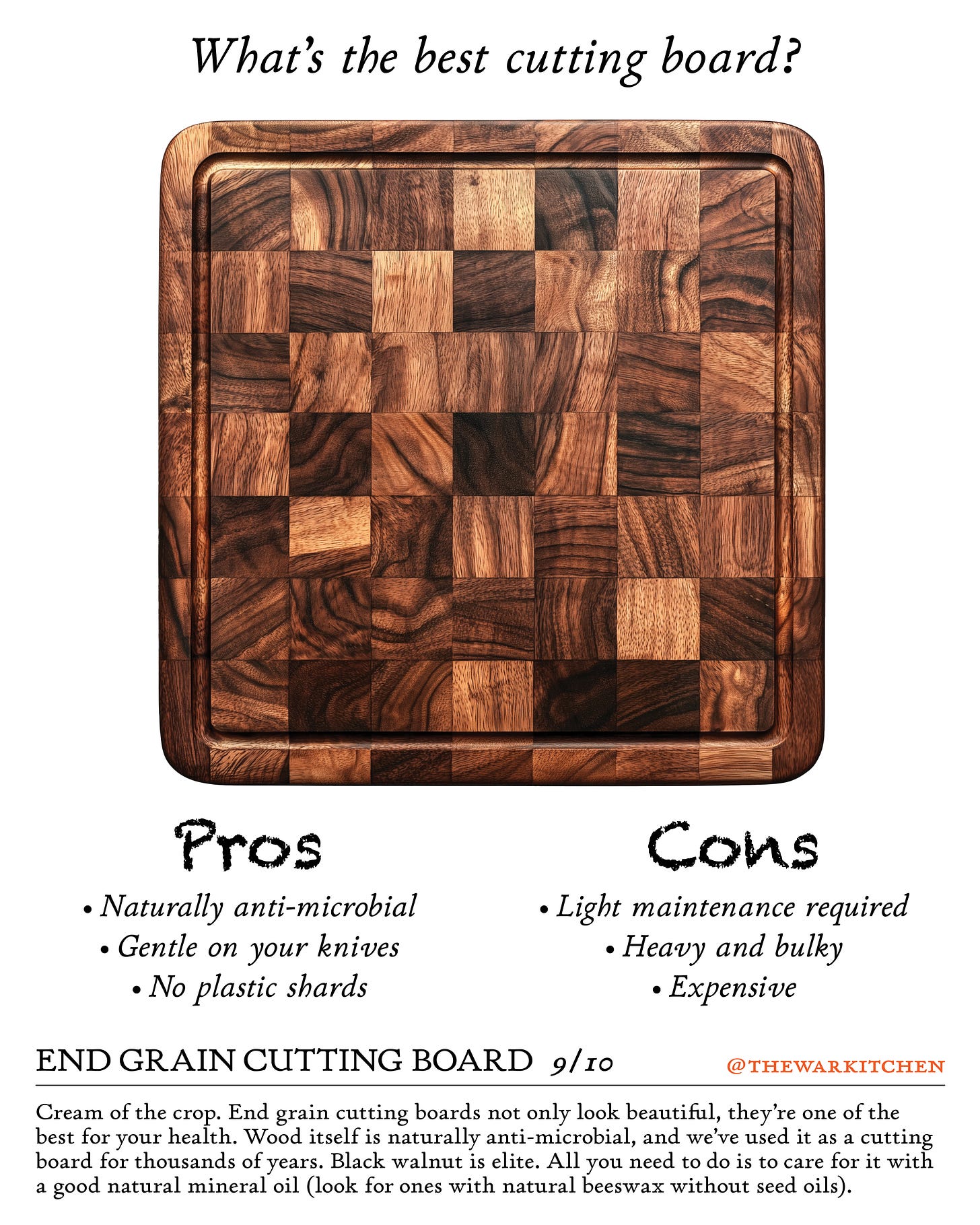


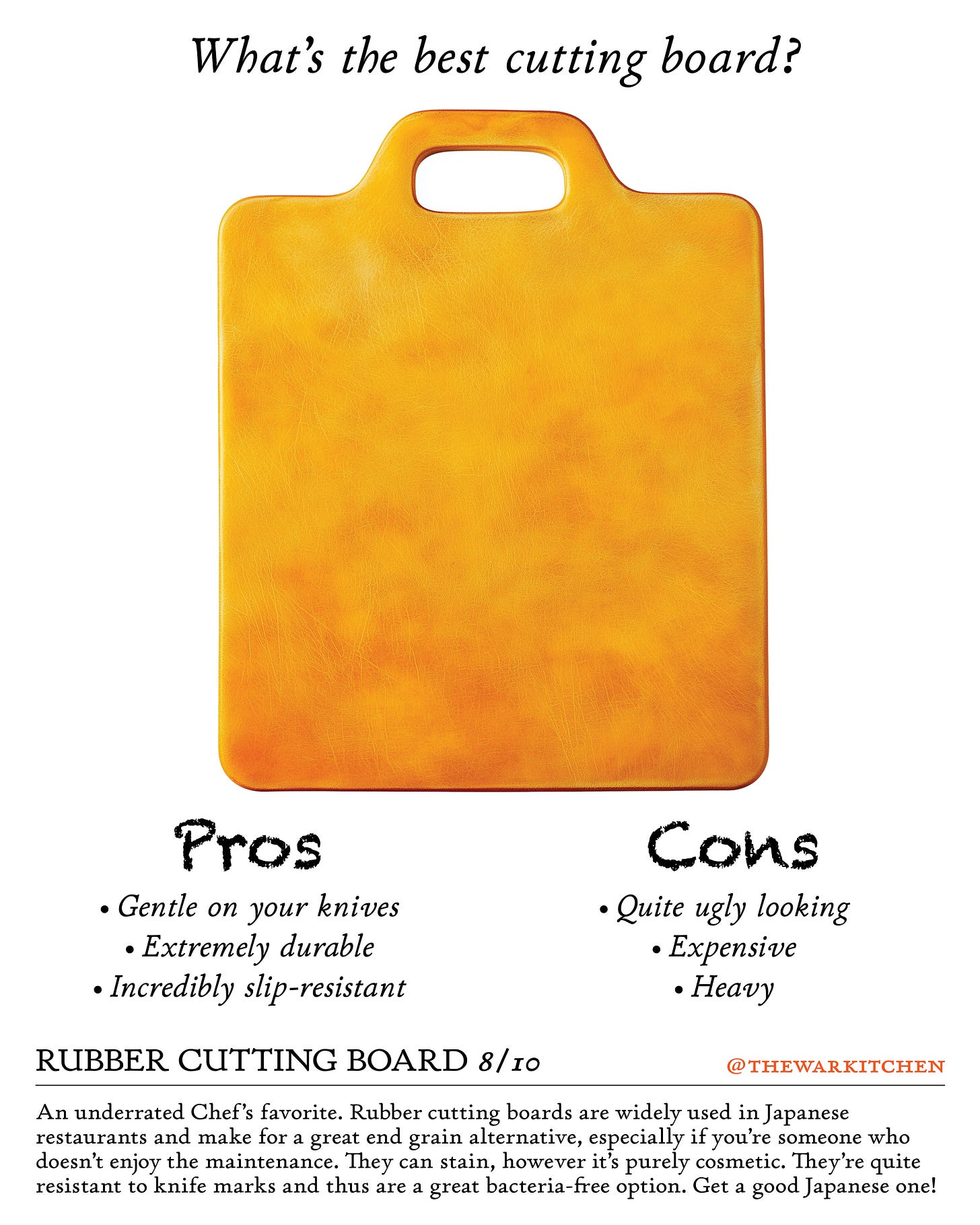

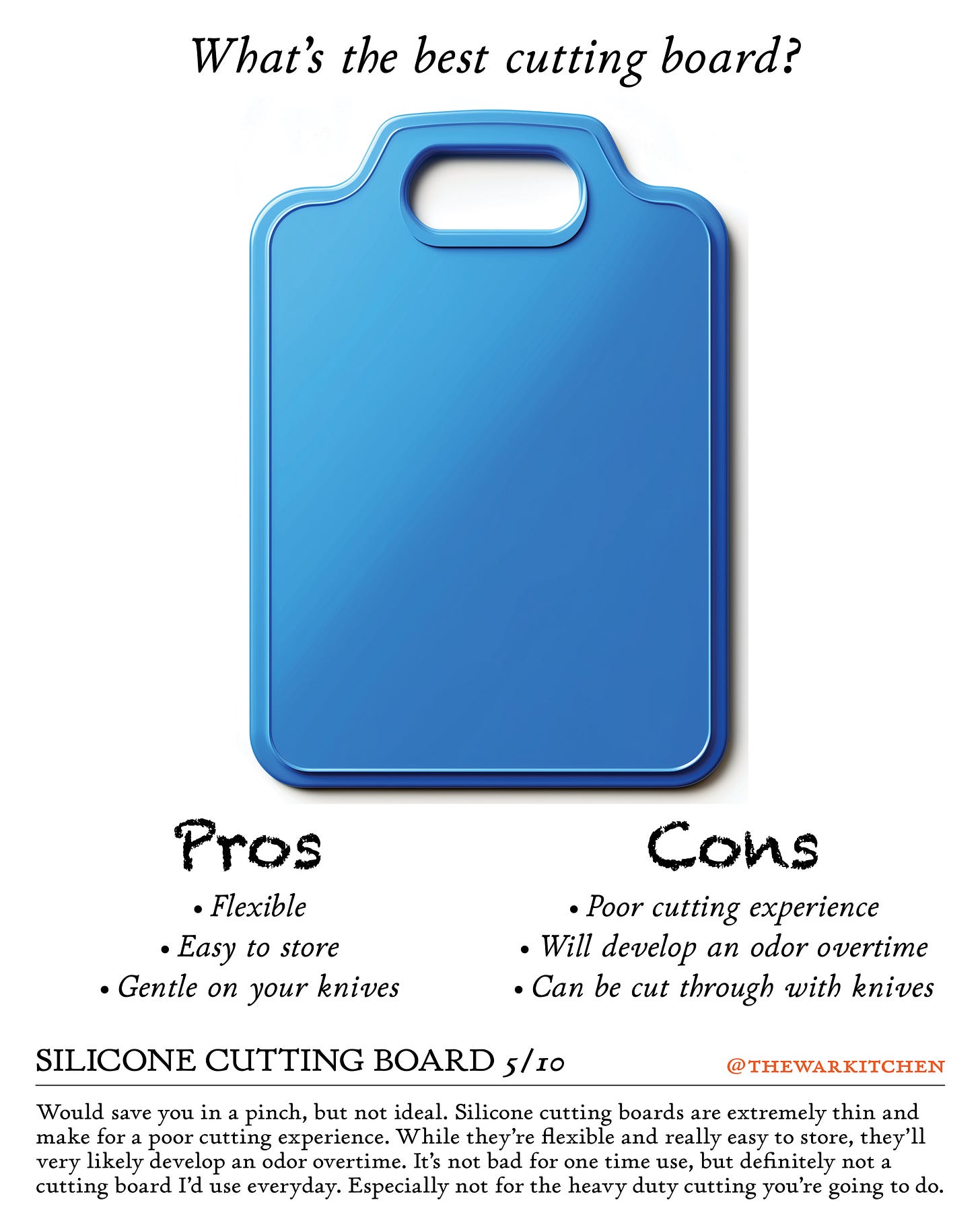
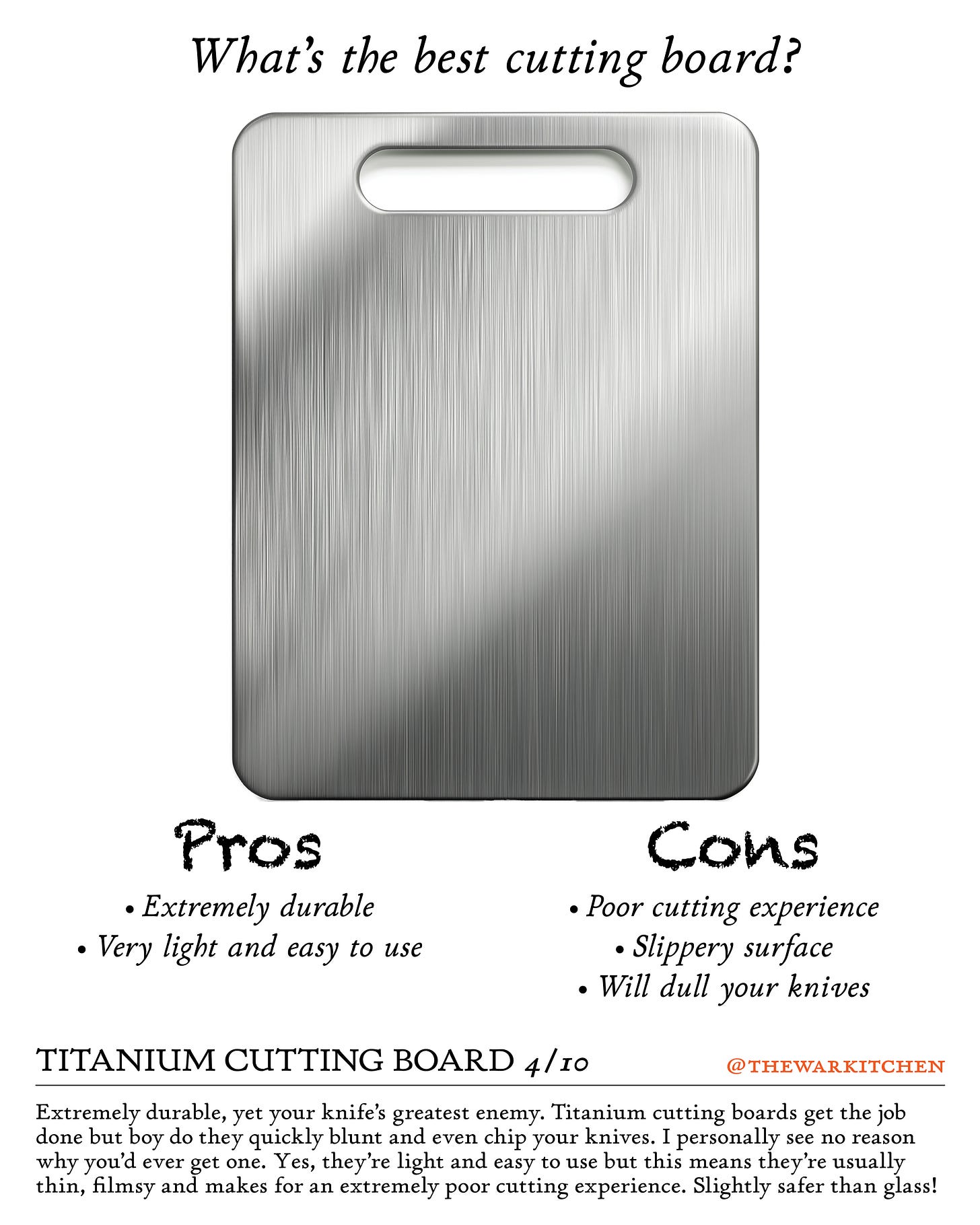










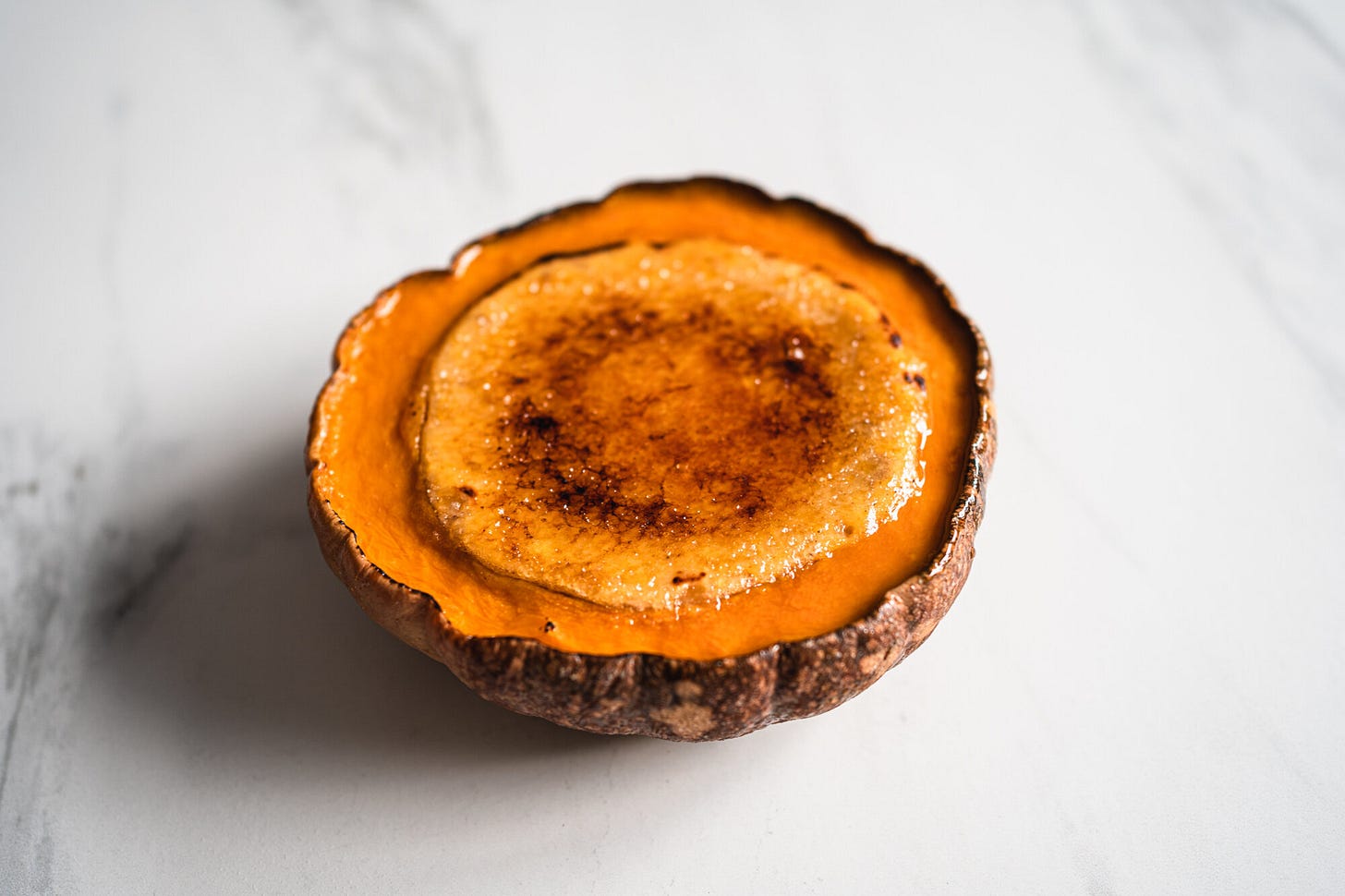


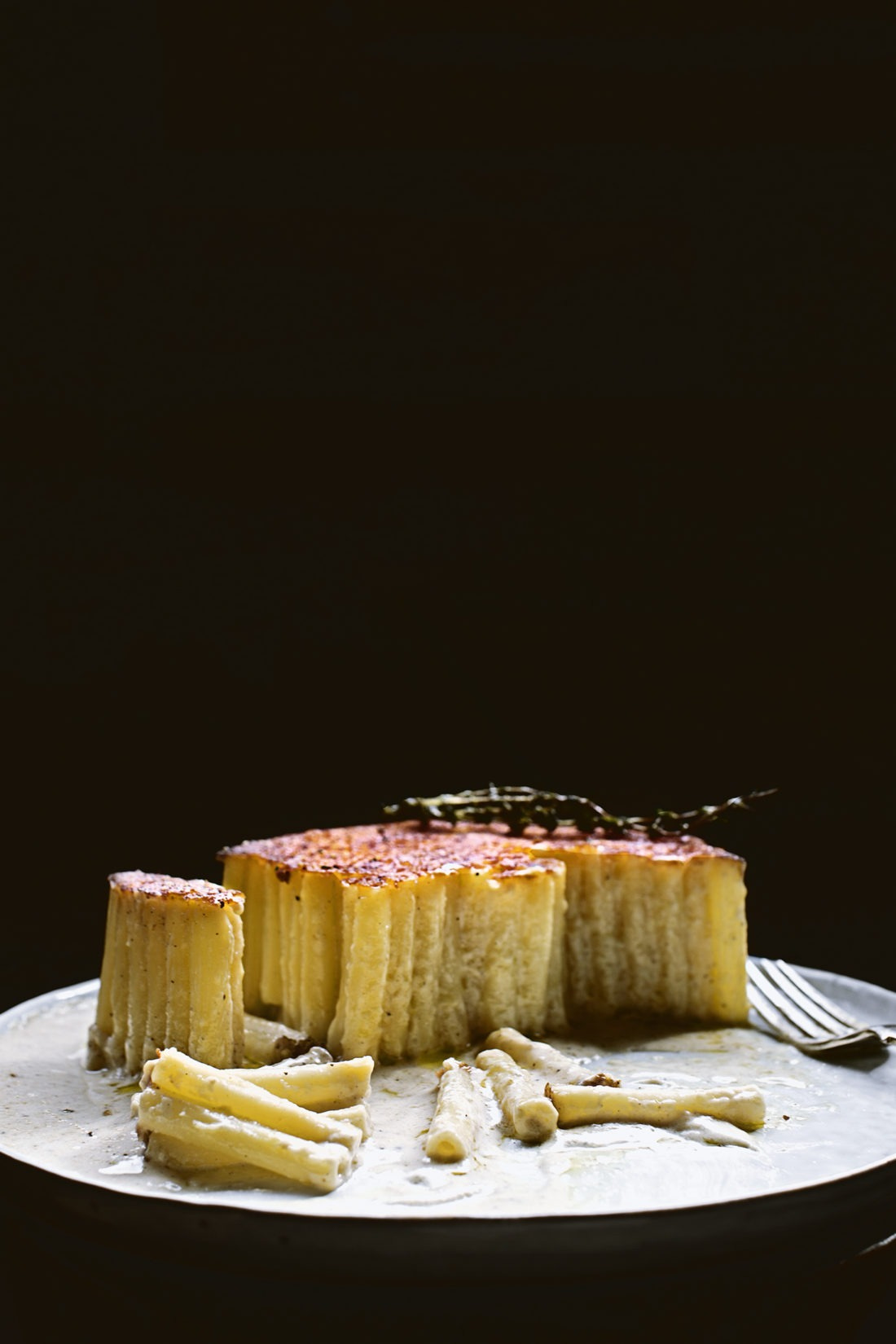


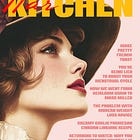

Is there a brand you can recommend for rubber cutting boards and end grain cutting boards?